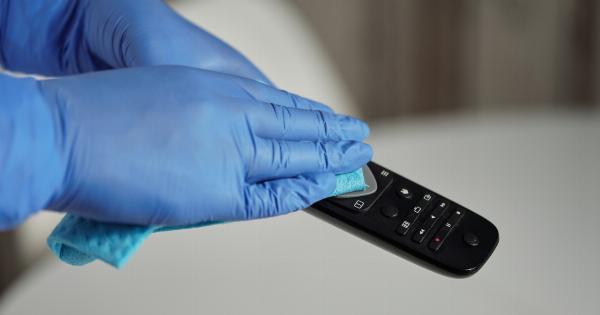Glaucoma, a leading cause of irreversible blindness worldwide, affects millions of people.
This ocular disease is characterized by increased intraocular pressure (IOP) that damages the optic nerve, leading to vision impairment or even complete loss of sight. Traditional treatment methods for glaucoma, such as eye drops and oral medications, have limitations in terms of efficacy and patient convenience.
However, a groundbreaking solution has emerged in the form of a tiny valve that promises to revolutionize glaucoma management.
The Conundrum of Glaucoma Treatment
Glaucoma can be challenging to manage due to the dynamics of IOP. Optimal control of IOP is crucial to prevent the progression of the disease, but conventional treatments often fall short.
Eye drops, which are commonly prescribed to lower IOP, often have poor compliance rates among patients. Furthermore, administering eye drops correctly can be complicated, particularly for older individuals or patients with limited dexterity.
Additionally, systemic medications may cause unwanted side effects or interact with other drugs a patient is taking.
Therefore, researchers and medical professionals have sought innovative strategies to resolve these issues and ultimately enhance glaucoma treatment outcomes.
The development of a tiny valve marks a significant advancement in the field, promising relief and convenience for glaucoma patients.
A Paradigm Shift in Glaucoma Management
The tiny valve, also known as a microstent, is a small device implanted within the eye to regulate IOP.
This revolutionary technology is designed to create a controlled drainage pathway, allowing excess aqueous humor to bypass the blocked or dysfunctional drainage channels, also known as the trabecular meshwork. By restoring proper drainage, the microstent effectively reduces IOP, thereby preventing optic nerve damage and preserving vision.
Unlike eye drops or systemic medications, the microstent provides long-lasting relief without the need for frequent interventions or complicated administration.
Once implanted, the valve remains in place, continuously managing IOP and reducing the burden on patients.
The Procedure: Implanting the Tiny Valve
The implantation of the microstent is a minimally invasive procedure performed by ophthalmologists. The technique involves creating a small incision through which the tiny valve is carefully positioned.
The microstent is strategically placed to facilitate the drainage of aqueous humor and regulate IOP. Due to the minimally invasive nature of the procedure, patients generally experience little discomfort and have a rapid recovery.
The effectiveness of the microstent has been demonstrated in numerous clinical trials, highlighting its potential for transforming glaucoma management.
Research indicates that the microstent not only reduces IOP but also decreases the reliance on other glaucoma medications. Studies have shown significant efficacy and safety, making the tiny valve an exciting development in the field.
Benefits and Advantages of the Microstent
The introduction of the tiny valve has brought about several noteworthy benefits for glaucoma patients:.
Improved Efficacy:
Compared to traditional treatment methods, the microstent provides superior IOP control. It significantly reduces IOP levels, thereby mitigating the risk of optic nerve damage and vision loss.
Reduced Medication Dependency:
By regulating IOP effectively, the microstent often reduces or eliminates the need for additional glaucoma medications. This not only simplifies treatment but also minimizes the potential side effects associated with these medications.
Enhanced Convenience:
Patients who receive the microstent experience a newfound convenience. With the implant in place, there is no longer a requirement for daily administration of eye drops or reliance on systemic medications.
Additionally, frequent follow-up visits for medical interventions are significantly reduced.
Improved Quality of Life:
Glaucoma can be a chronic condition, and the microstent offers long-lasting relief with fewer restrictions. Patients can continue their daily activities with minimal disruption, leading to an overall improvement in their quality of life.
Conclusion: A New Era for Glaucoma Patients
The introduction of the tiny valve represents a significant breakthrough in glaucoma management. By providing a long-lasting and effective solution, the microstent offers relief and convenience to patients struggling with ocular hypertension.
With the potential to reduce medication dependency and enhance IOP control, this innovative device has the power to transform the lives of millions affected by glaucoma.






























